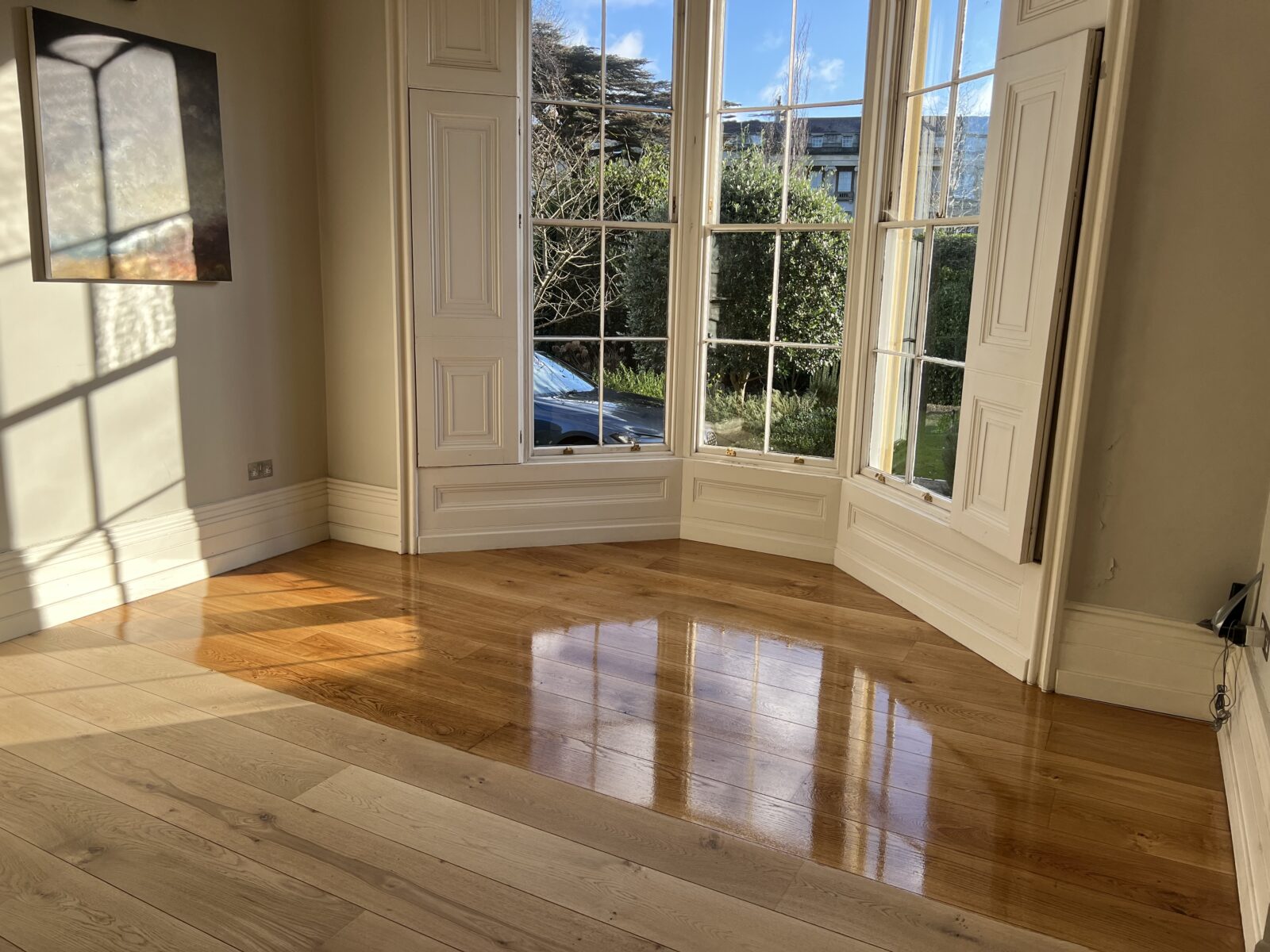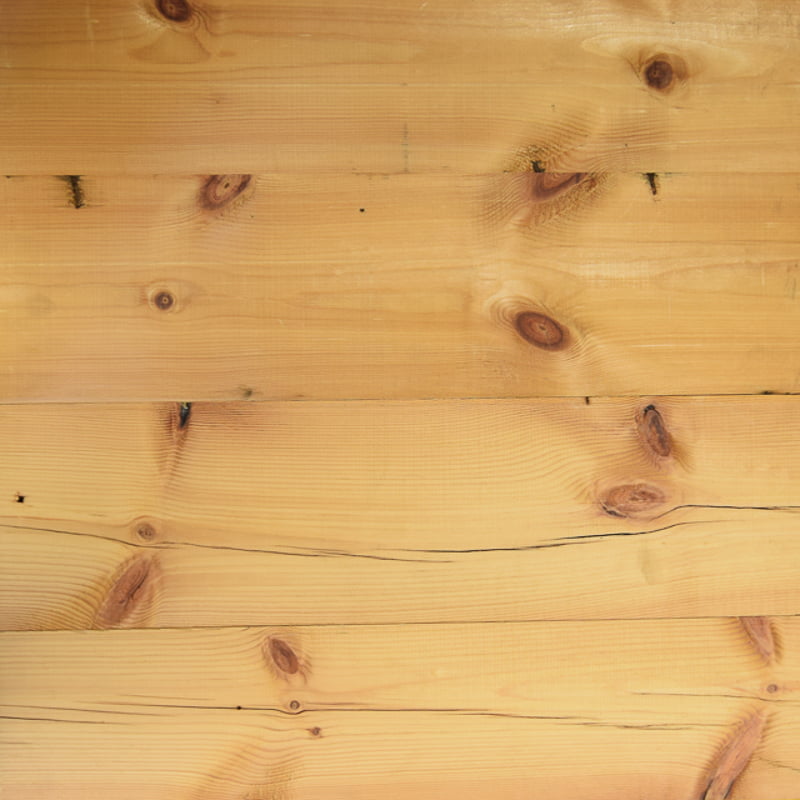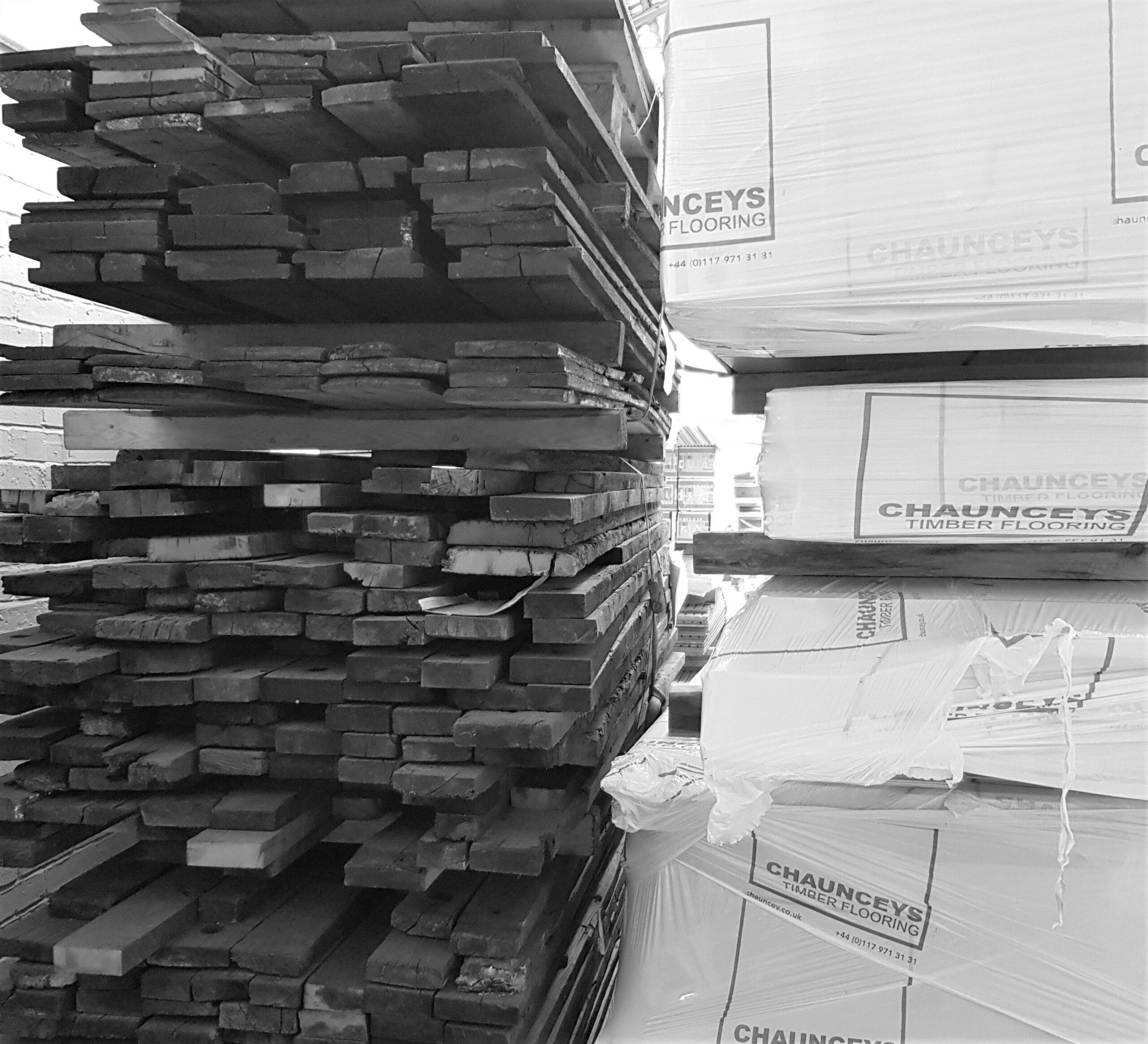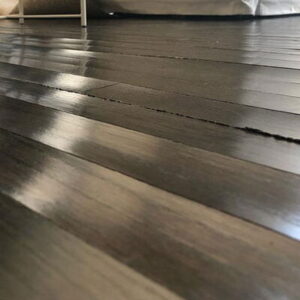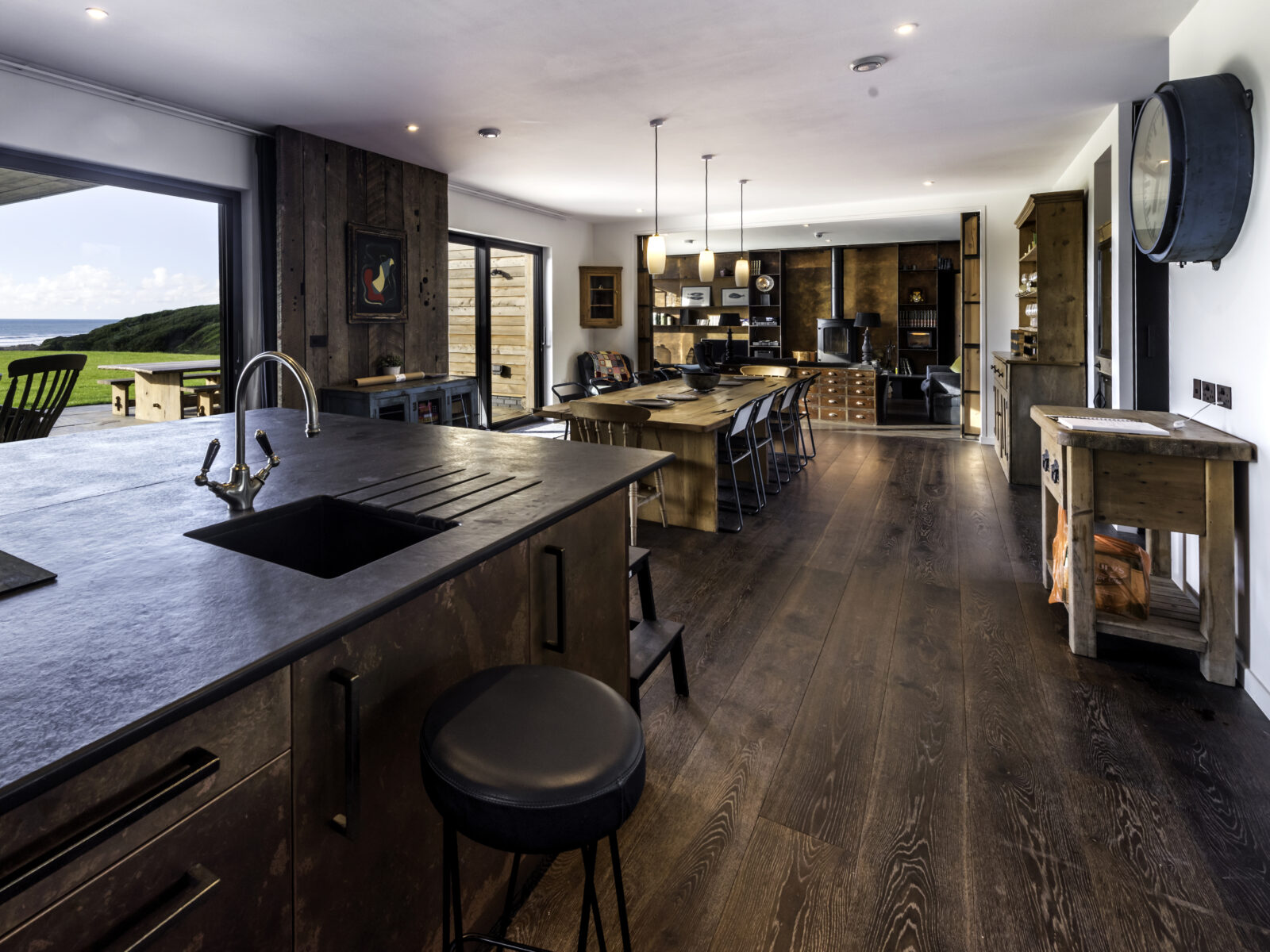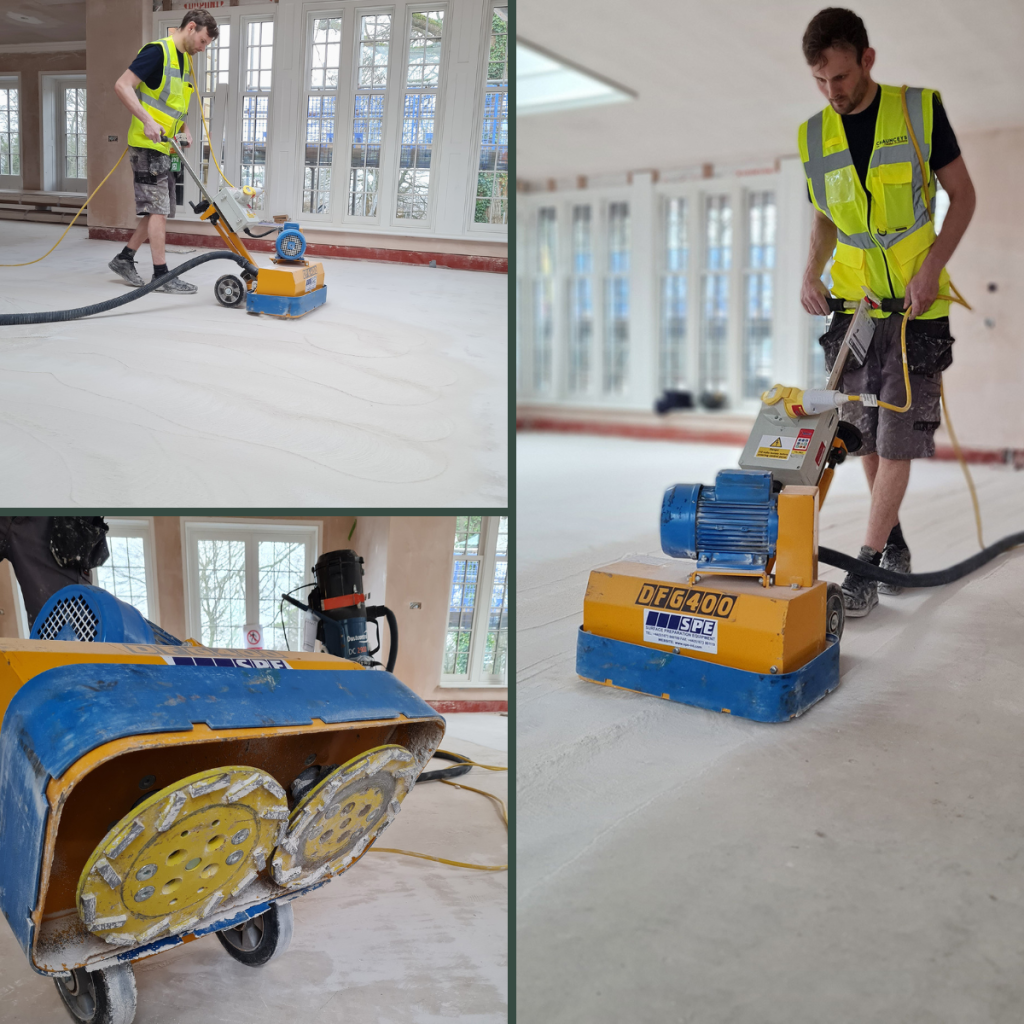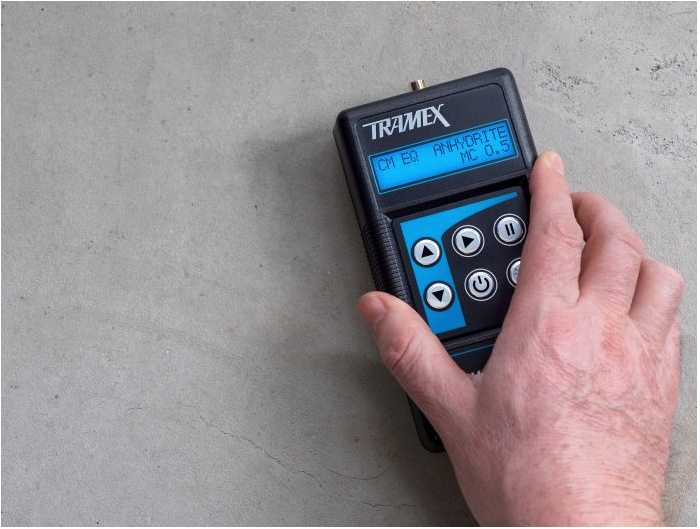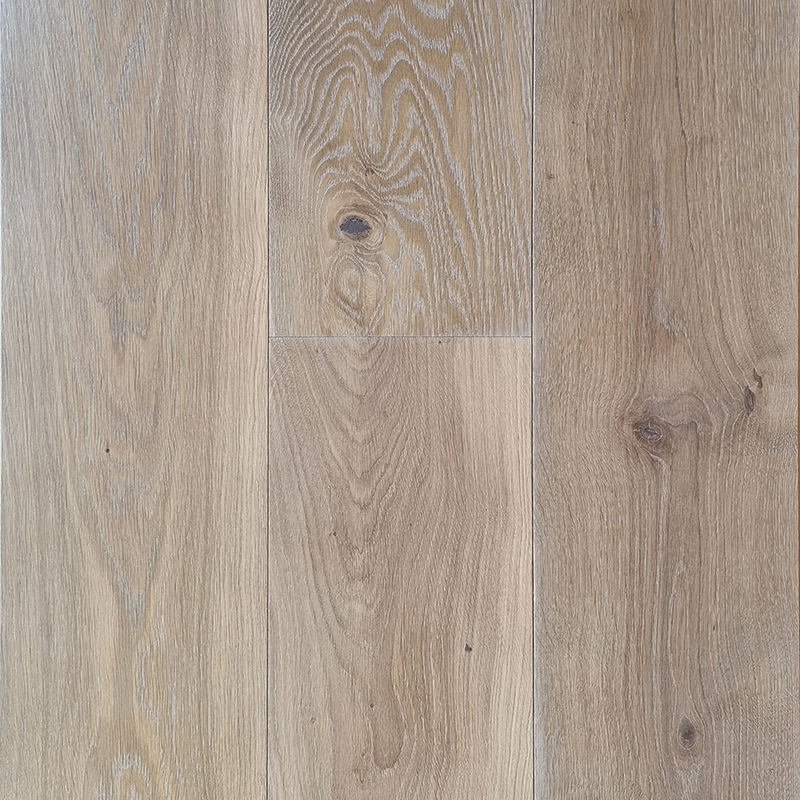Can You Put Underfloor Heating Under Wood Flooring?
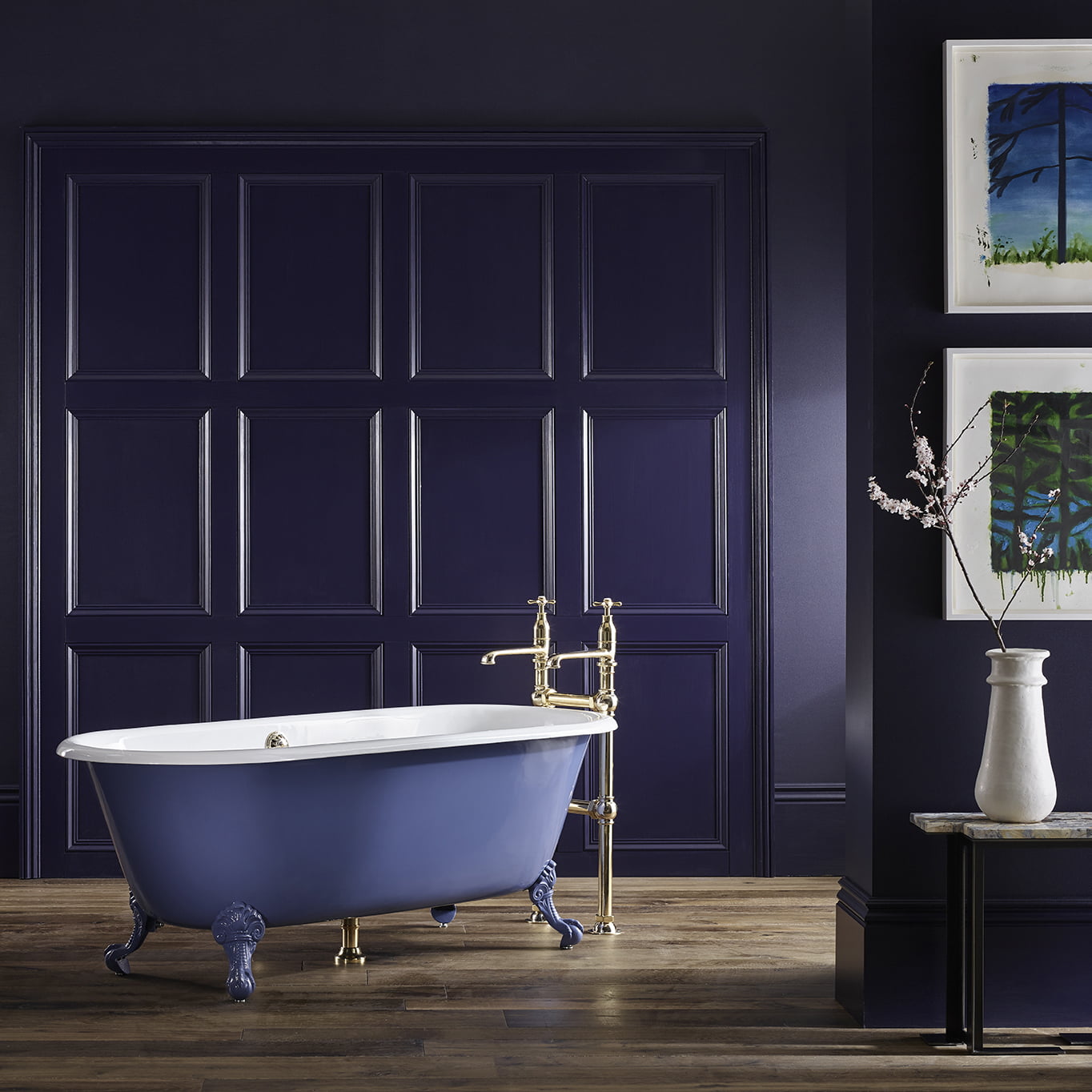
The quick answer is yes — you just need to choose the right wood flooring for the job. With suitable boards and fitting method, you can have beautiful, long-lasting wood flooring over your underfloor heating system.
Choose Engineered Wood Flooring for Underfloor Heating
Why Engineered Wood Flooring?
Our Bristol Tectonic® planks are designed to be very stable and resist any significant expansion and contraction due to environmental changes. We always recommend these engineered floorboards for installation above underfloor heating as well as for bathrooms and kitchens, where there is likely to be more moisture present.
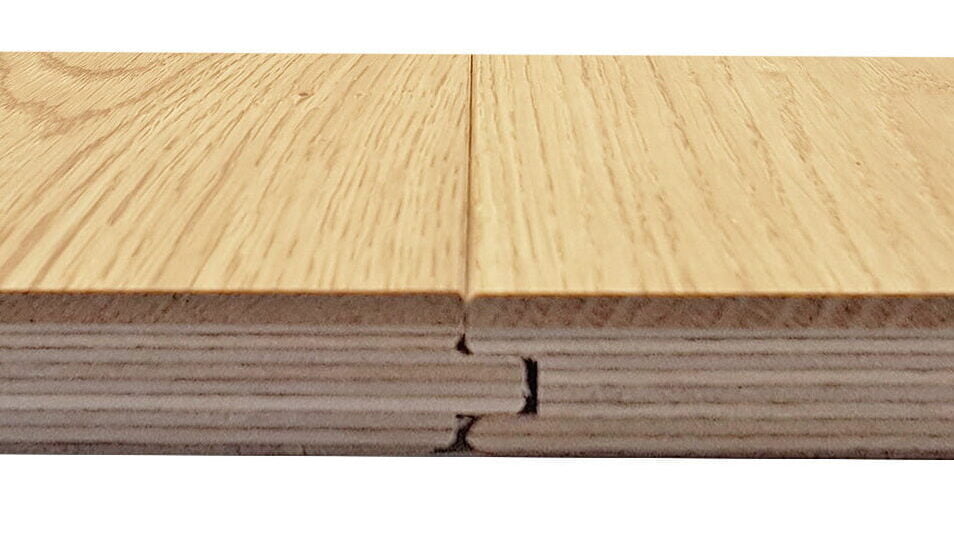
Engineered wood flooring gives the same sought-after warm, natural appearance as solid wood planks, whilst allowing your underfloor heating to provide extra cosiness underfoot.
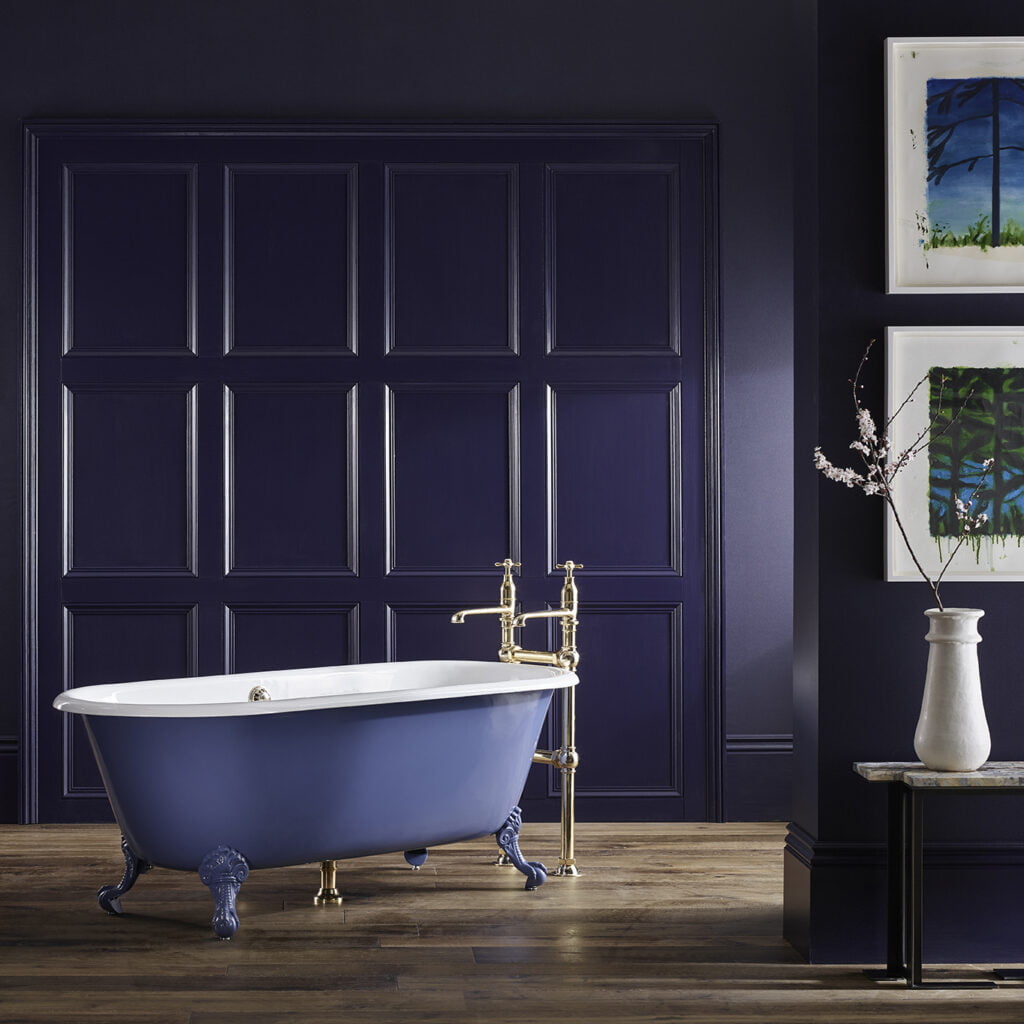
Styled by: Arabella McNie. Photo credit: Chris Everard
If you’re looking to install underfloor heating and wood flooring into a period property, our Regency® Tectonic® oak planks are an ideal choice. These boards have an aged and distressed appearance, indistinguishable from authentic reclaimed oak, whilst being structurally stable enough to work over underfloor heating.
Avoid Solid Wood Planks Over Underfloor Heating
We strongly advise against installing solid wood planks over underfloor heating. Solid wood flooring is much more susceptible to unwanted movement: it can warp, cup, or buckle when there are any significant temperature changes.
Changes in moisture content due to the continually changing temperatures delivered by underfloor heating systems will likely make solid floorboards expand and contract at unacceptable levels. This movement puts stress on the flooring and can damage it.
Why Choose Wood Flooring with Underfloor Heating?
Wooden floors are naturally warmer underfoot than stone or tiles, which quickly conduct heat away from your feet. Wood also retains the heat for longer than other materials, which makes it an energy efficient choice. Its thermal properties, structural stability, and its luxurious yet natural aesthetic make engineered wood flooring a perfect match for underfloor heating.

Types of Underfloor Heating
There are generally two types of underfloor heating systems: wet systems and electric systems.
Wet underfloor heating systems work in a similar way to standard central heating, pumping warm water through underfloor pipes. They are the most efficient option and are usually easier to control.
Electric underfloor heating systems use electric coils laid underneath the floor. They work independently from the existing central heating system and can be harder to control. Although they are more affordable to install, they tend to be more expensive to run.
Our engineered boards are compatible with both kinds of underfloor heating systems. That said, it’s important to be careful with how the temperature is controlled.

Temperature Control
Whichever system you have, you must be able to control it accurately; the system should allow you to keep the room at a consistent temperature.
Take care with changing the temperature of your underfloor heating. Gradual changes of temperature are especially important when the floor has first been installed, or after long periods of not using your UFH system.
You should always carry out any testing of the underfloor heating system — especially running the system at very high temperatures — before your wood flooring is laid.
Keep the heat as consistent as possible and avoid extremes temperatures — it shouldn’t go above 27°C. This temperature limit is an industry-wide recommendation. There is a possibility of wood flooring shrinking excessively when the floor surface gets too hot.

Once commissioned, it’s best practice to keep your underfloor heating on at a temperature it would normally be set at. Keep it consistently at that temperature for a couple of weeks prior to receiving the boards.
We recommend for the property to have a temperature of 15-24°C, and relative humidity of 40-65% for 14 days before installing wood flooring.
Acclimatisation of Wood Flooring
Even with engineered planks, getting your flooring used to its new surroundings is always important; acclimatisation is especially vital where underfloor heating is present. When your wood flooring is delivered to you, remove any packaging and stack the boards on wooden battens to allow airflow around them.
Although our Tectonic® boards are extremely stable and cope very well with changes in relative humidity, we recommend a minimum of 72 hours of acclimatisation before fitting.
Around 48 hours before fitting your flooring, you should switch off your underfloor heating system. When your installation is complete, turn it back on at a low temperature and increase the temperature gradually (e.g. 1°C per day) to avoid the boards shrinking too much too rapidly; heating it up too quickly can cause the top hardwood layer to develop surface splits.
Still Unsure of Something?
Contact our friendly team who are happy to help with whatever you need.


